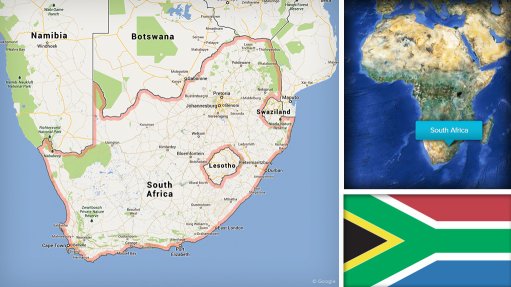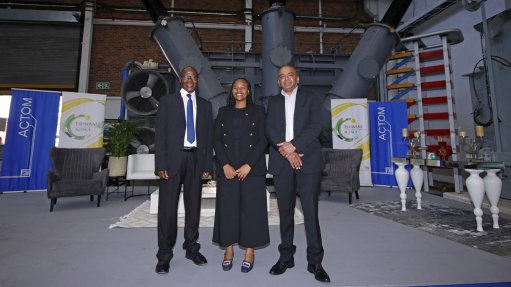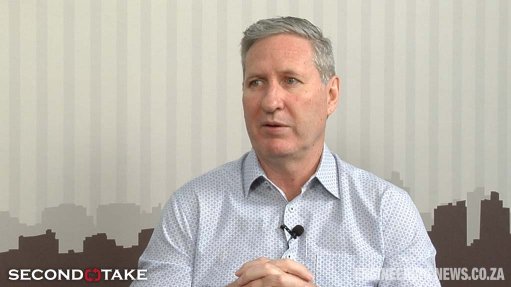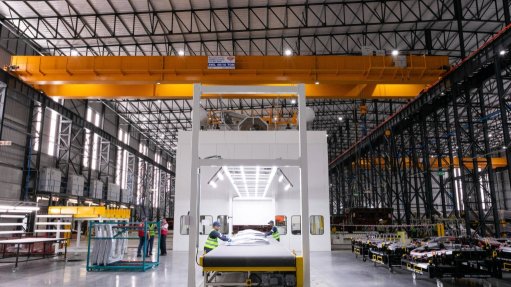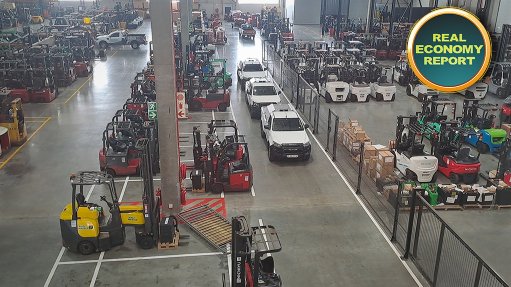Organisation boosts skills development, entrepreneurship

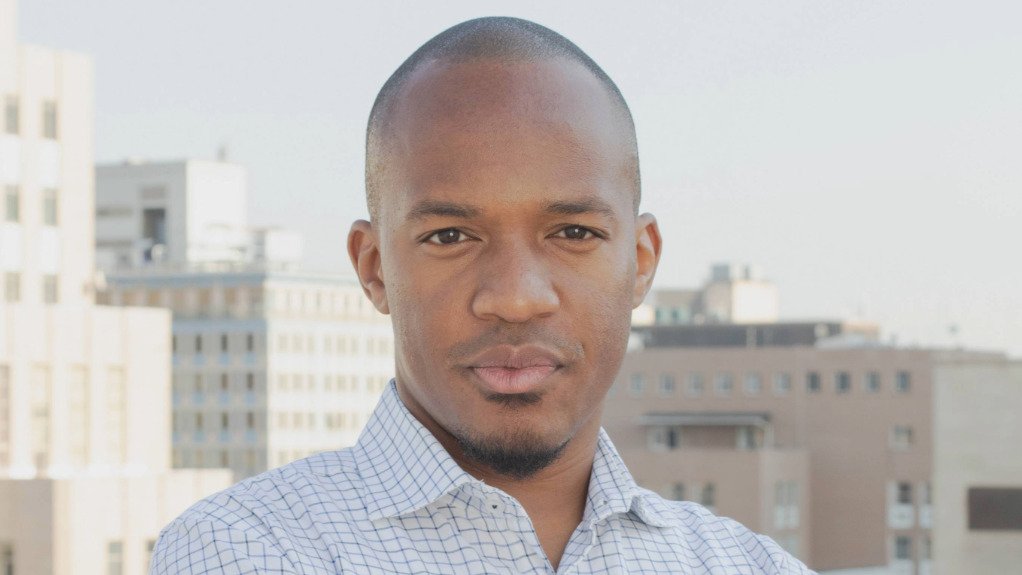
TAFADZWA CHIBANGUZA Policy must be strategically targeted to ensure that it ropes in small and emerging entities, because in the absence of that targeted approach, they will invariably be left out
Photo by Seifsa
CONTINUAL INVESTMENT Seifsa continues to reinvest in its training centre, with recent developments including the addition of a tenth trade and updating of facilities and importantly, equipping the centre for future-fit skills such as mechatronics
Photo by Seifsa
To address the skills gap and infrastructure challenges, the Steel and Engineering Industries Federation of Southern Africa (Seifsa), through its Seifsa Training Centre and Metal Incubation Hub, will upskill young artisans, foster entrepreneurship, and support small and medium-sized enterprises (SMEs), while advancing policies that enable local industry.
Seifsa CEO designate Tafadzwa Chibanguza says the Metal Incubation Hub complements Seifsa’s training centre by providing a place where students learn technical trades and develop soft skills and business acumen.
“Rather than solely preparing them for employment in a shrinking job market, the hub equips them to start their own businesses, creating employment opportunities and fostering an ecosystem of collaboration,” he explains.
Additionally, entrepreneurs within the hub will often rely on one another for services, forming mini-ecosystems that can tackle larger projects, while Seifsa links them to established companies in the broader manufacturing sector for further growth and market exposure.
To make these initiatives scalable, many of the Metal Innova- tion Hub’s companies were hosted by the hub through financial assistance provided by the Manufacturing, Engineering and Related Services Sector Edu-cation and Training Authority, which acted as the anchor funder for the first programme.
As such, Seifsa is aiming to attract additional funders to support the incubation hub, ensuring that more SMEs can be housed while growing their businesses.
“This combination of technical training, business mentorship, networking and financial support allows the programme to expand and generate sustainable socioeconomic impact,” Chibanguza states.
Seifsa’s ambition is to scale the programme, supporting as many businesses as possible.
While the initial focus is on local development, there are no restrictions on eventual export opportunities, enabling these entrepreneurs to become competitive on a global scale and contribute to the long-term industrial growth of the country.
Further, Seifsa continues to reinvest in its training centre, which Chibanguza regards as the federation’s “cornerstone of socioeconomic contribution”, with recent developments including the addition of a tenth trade and the updating of facilities to comply with evolving skills legislation under the Quality Council for Trades and Occupations, as well as equipping the centre for future-fit skills such as mechatronics.
Infrastructure Bottlenecks
Beyond energy and logistics, local municipalities pose a significant challenge to manufacturers, owing to their poor service delivery resulting in decaying infrastructure, which creates additional bottlenecks, notes Chibanguza.
These infrastructure challenges increase the cost of doing business for all companies, however, SMEs are disproportionately affected, as larger firms often have the resources to invest in alternative solutions – such as backup systems for water or energy.
“Still, for all of them, disruption to operations is costly, while investing in alternative solutions – privately developed alternatives – is equally costly,” states Chibanguza.
Moreover, he emphasises that industry associations play a crucial role in addressing these challenges. While they are not commercial entities that can directly fix infrastructure issues, using their convening power they can bring together clusters of companies, enabling collaboration and collective problem-solving.
Additionally, through advocacy, associations are able to push for policy changes and infrastructure improvements.
“Policy must be strategically targeted to ensure that it ropes in small and emerging entities, because in the absence of that targeted approach, they will invariably be left out,” Chibanguza explains.
Moreover, by attaching socioeconomic obligations to public procurement, the government can ensure that investments circulate within the local economy, creating a multiplier effect and increasing the impact of each rand spent, while simultaneously strengthening the competitiveness and sustainability of domestic industry.
Article Enquiry
Email Article
Save Article
Feedback
To advertise email advertising@creamermedia.co.za or click here
Comments
Press Office
Announcements
What's On
Subscribe to improve your user experience...
Option 1 (equivalent of R125 a month):
Receive a weekly copy of Creamer Media's Engineering News & Mining Weekly magazine
(print copy for those in South Africa and e-magazine for those outside of South Africa)
Receive daily email newsletters
Access to full search results
Access archive of magazine back copies
Access to Projects in Progress
Access to ONE Research Report of your choice in PDF format
Option 2 (equivalent of R375 a month):
All benefits from Option 1
PLUS
Access to Creamer Media's Research Channel Africa for ALL Research Reports, in PDF format, on various industrial and mining sectors
including Electricity; Water; Energy Transition; Hydrogen; Roads, Rail and Ports; Coal; Gold; Platinum; Battery Metals; etc.
Already a subscriber?
Forgotten your password?
Receive weekly copy of Creamer Media's Engineering News & Mining Weekly magazine (print copy for those in South Africa and e-magazine for those outside of South Africa)
➕
Recieve daily email newsletters
➕
Access to full search results
➕
Access archive of magazine back copies
➕
Access to Projects in Progress
➕
Access to ONE Research Report of your choice in PDF format
RESEARCH CHANNEL AFRICA
R4500 (equivalent of R375 a month)
SUBSCRIBEAll benefits from Option 1
➕
Access to Creamer Media's Research Channel Africa for ALL Research Reports on various industrial and mining sectors, in PDF format, including on:
Electricity
➕
Water
➕
Energy Transition
➕
Hydrogen
➕
Roads, Rail and Ports
➕
Coal
➕
Gold
➕
Platinum
➕
Battery Metals
➕
etc.
Receive all benefits from Option 1 or Option 2 delivered to numerous people at your company
➕
Multiple User names and Passwords for simultaneous log-ins
➕
Intranet integration access to all in your organisation








